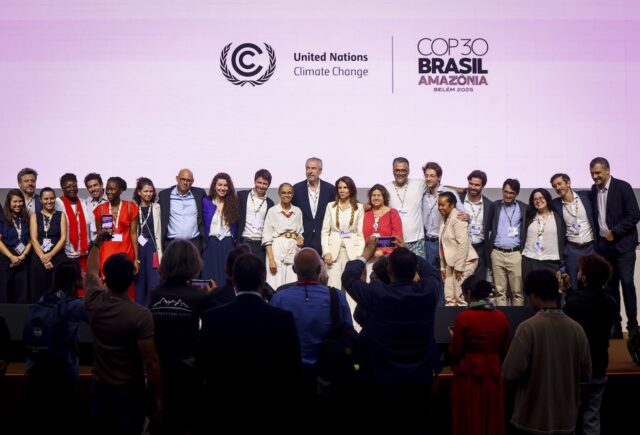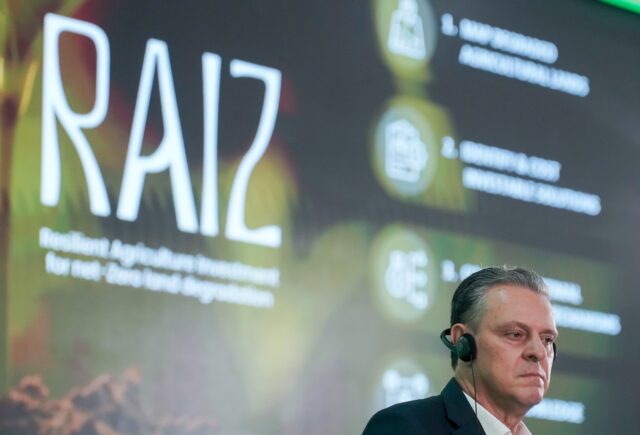Stalling progress for the sector reflects wider bond market jitters in 2022 and a reluctance to invest in long duration green bonds at a time of economic uncertainty, Morningstar research finds.

Net assets held in sustainable bond funds rose in 2022, but at a slower pace than previous years, according to research from Morningstar. The slow down occurred against the backdrop of large outflows from traditional bond funds triggered by the impact of Russia’s invasion of Ukraine.
Assets in sustainable bond funds globally reached $516bn by end-2022, of which 23% were in passive funds. That represented a rise of only $44bn in net inflows compared to 2021, but the overall figure is still 11 times higher than a decade ago, the market analytics company said.
Morningstar defines sustainable bond funds as open-end funds and exchange-traded funds (ETFs) that claim to focus on sustainability or environmental, social, and governance (ESG) factors, or on achieving positive impact. Investment approaches covered include negative screening, positive screening, and funds focused on impact bonds. Within the impact theme, most funds invest in so-called green, social, sustainability and sustainability-linked (GSS+) bonds.
According to Morningstar, 56% of sustainable bond funds in its database have been assigned a sustainability rating from the company suggesting “their sustainability features are credible”. The figure is 83% for those specializing in GSS+ bonds. Morningstar stresses its sustainability rating is based on the ESG risk profile of bond issuers, rather than the projects financed by the bonds.
Rocky year for green bond funds
Green bond funds – those financing environmental projects – accounted for around two-thirds of GSS+ funds, tapping into steady bond issuance and increased representation from emerging markets, alongside developed-market issuers. However, they also underperformed the overall market.
“Up until 2022, green bond funds experienced a relatively sanguine period of positive returns and low volatility compared to conventional bond products. That relationship flipped, however, last year, as green bond funds experienced steeper losses and higher volatility in 2022, due to the longer average duration of the green bond space,” Mara Dobrescu, Morningstar’s director of fixed income, said.
In April, an annual report on the sustainable debt market from the Climate Bonds Initiative reported that new volumes for green bonds amounted to $487.1bn in 2022, 16% lower than in the previous year, but still accounting for 58% of new GSS+ volumes.
Morningstar said investors needed to be aware of biases built into the portfolios of green bond funds, that could affect their performance. These include the generally longer duration of green bonds than traditional bonds, which increases interest rate risk, as well as a bias towards corporate bonds, agency, and supranational bonds over sovereign bonds, and greater representation of financials and utility sectors at the expense of the energy sector.
The limited market development and track record of other GSS+ impact-oriented bonds made the identification of trends harder.
Social bonds – those that finance social projects – accounted for some 20% of the GSS+ bond market. These were targeted by only 12 funds identified in the research, most of which had track records too short to be meaningfully analysed, Morningstar said.
Sustainability bonds—those that finance both environmental and social projects – also accounted for around 20% of the GSS+ bond market. However, funds dedicated to sustainability bonds have yet to emerge.
Sustainability-linked bonds – those which apply a penalty if the issuer does not meet specific ESG goals – occupy an even smaller niche, comprising under 10% of the GSS+ market. Morningstar noted that these bonds had yet to be used widely by impact bond fund managers, since their first appearance in 2019, despite having once been seen as the “next big thing” in impact investing.
So-called transition bonds have gained even less traction thus far, accounting for less than 1% of total GSS+ issuance. These target finance for projects in sectors such as steel and chemicals that are hard to decarbonise, but have yet to gain popularity, in part because internationally accepted standards for what constitutes transition finance have yet to be fully developed, Morningstar said.
While impact bond funds have yet to really take-off for many areas of the market, Morningstar found that cost of investment, at least, should not be a deterrent, as impact bond funds had not been sold at higher management fees than traditional bond funds on average.
“Particularly in Europe, well-constructed passive green bond ETFs are available, enabling investors who truly wish to access the asset class,” Morningstar said.






